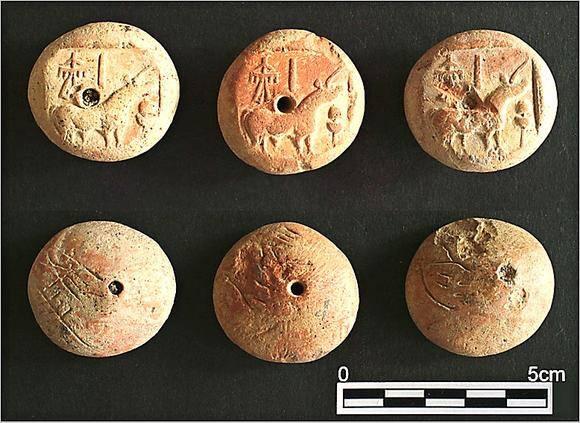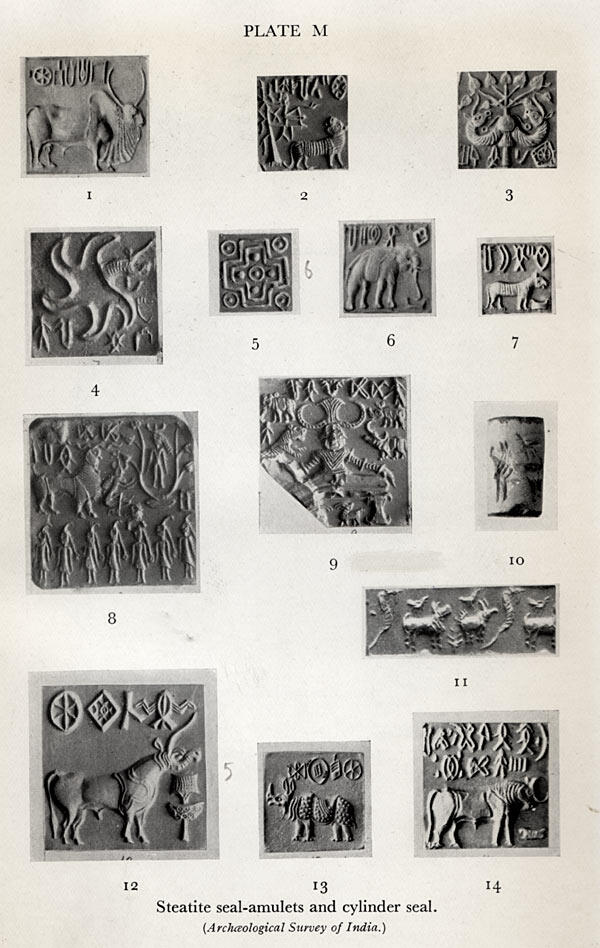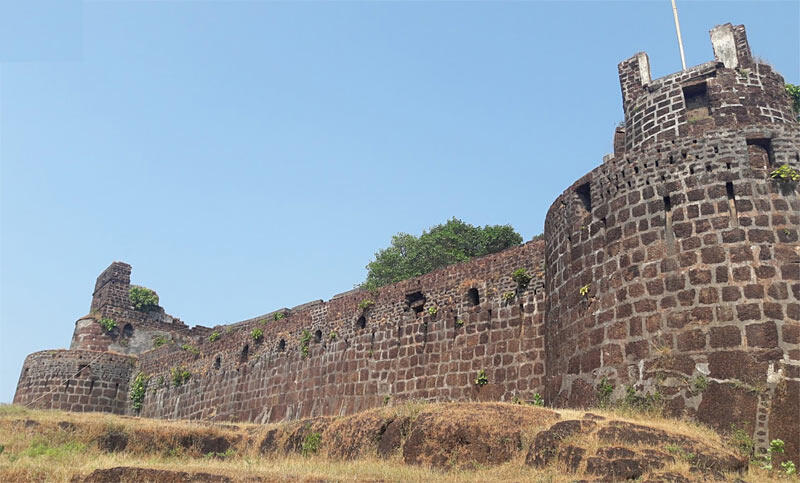By StephanieV. May 15th, 2016
Seals as urban passports? Mackay wrote "most of the inhabitants of the Indus valley seem to have worn amulets of some kind or another. The so-called seal (Pl. M), of which many examples have been found, must now be regarded as having served also as an amulet, on account of the animals incised upon it. In most cases only the upper part, bearing the inscription was employed as a seal proper . . .. Objects of this type seem to have belonged to everyone, a fact which would necessitate a certain amount of mass production."
What would you need to mass produce something to denote identity? The Austrian traveller Baron Charles von Hugel wrote in 1845 of earlier visiting the port of Vizadroog south of Bombay where, "On entering the inner gateway, I was struck with a little circular flat piece of wood, about 3 inches in diameter, with a handle, on which were cut in rude relief, Shri Angria. The Brahmin near me smiled at my curiousity, and said, that as his master was very ignorant and unacquainted with writing, in place of signing passports for the egress of his retinue, they presented themselves before him with a pat of soft clay in their hands, which the chief struck with the instrument in question; which credential they exhibited to the guards at several gates." (Ernest Mackay, The Indus Civilization, London, 1935, pp. 89, 166 and Baron Charles von Hugel, Travels in Kashmir and the Punjab, 1845, Oxford 2003, p. 25)
Three unusual round pendants of baked clay were discovered in Kanmer, Gujarat, near Dholavira by a Japanese team. Each has a hole in its center and the impression of an animal resembling a unicorn. The reverse sides have different Indus script signs on them. Because the same animal seal was pressed into each of them, Prof. Toshiki Osada speculates that "they may have served as a passport for those traveling between different regions."






